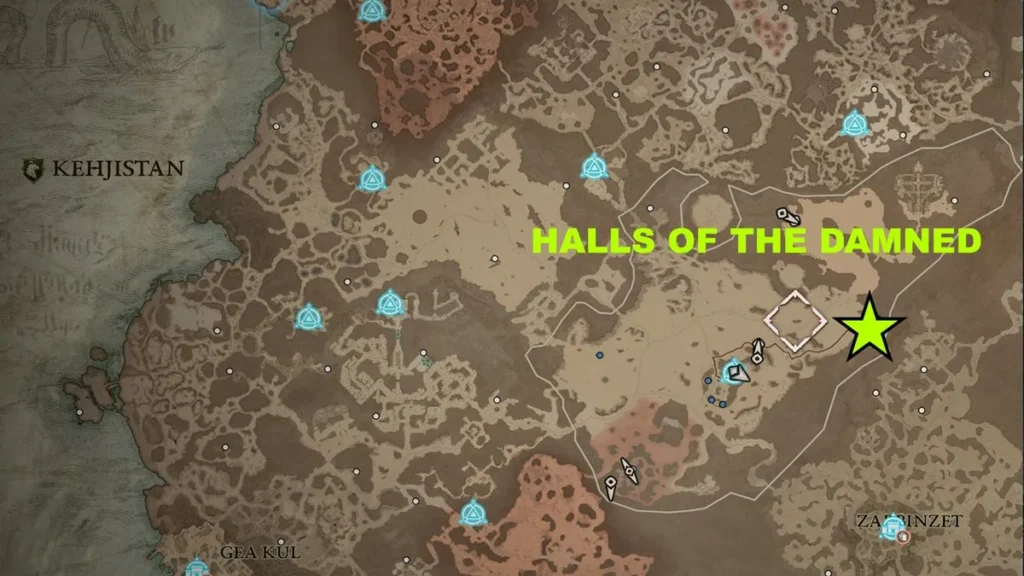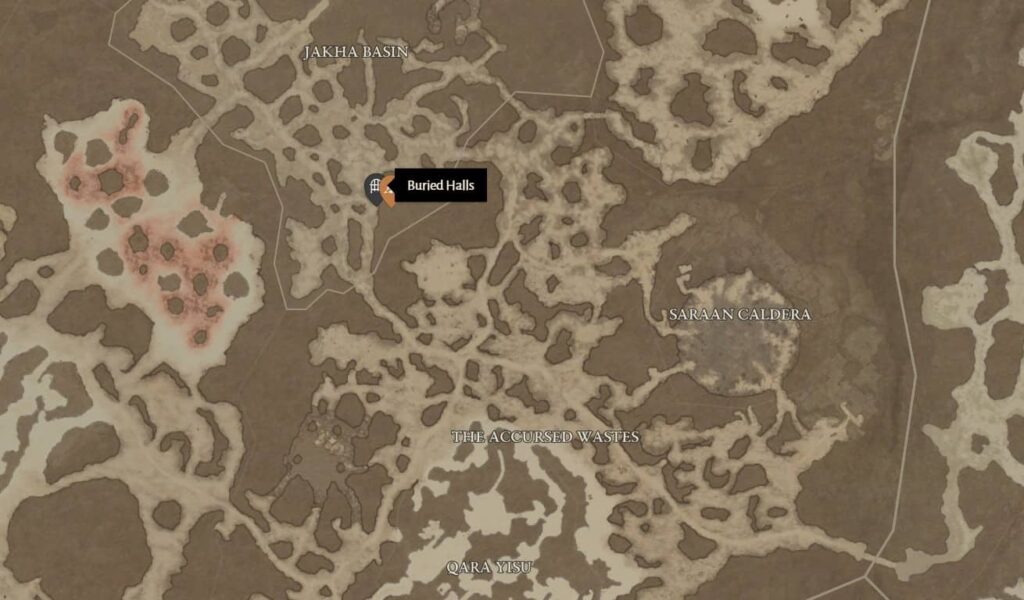Introduction
The term “Hanged Man’s Hall D4” evokes a sense of mystery, intrigue, and perhaps a touch of the macabre. Whether this location exists in a fictional realm, a video game, or within the pages of a horror novel, it serves as a symbol of dark history and unnerving tales. This article will delve deep into the concept of Hanged Man’s Hall D4, examining its origins, significance, and the various interpretations that surround it.
The exploration will include historical context, cultural references, symbolic meanings, and much more. We’ll also present a table summarizing key elements related to Hanged Man’s Hall D4 to aid in understanding this enigmatic term.
The Origins of Hanged Man’s Hall D4
Historical Background
The origins of Hanged Man’s Hall D4 can be traced back to medieval times, where the concept of hanging was a common method of capital punishment. In many cultures, the gallows became a place of fear, where the condemned met their fate. The “Hall” in this context might refer to a gathering place or a significant building, while “D4” could be a designation within a larger complex or map, such as in a video game or architectural plan.

Mythology and Folklore
The idea of a “Hanged Man” has deep roots in mythology and folklore. In Norse mythology, Odin, the All-Father, hanged himself from the World Tree, Yggdrasil, to gain wisdom. This sacrificial act symbolizes the pursuit of knowledge through suffering. The image of the Hanged Man is also prominent in Tarot cards, representing surrender, letting go, and seeing the world from a different perspective.
Hanged Man’s Hall D4 could be a metaphorical place where individuals confront their darkest fears or seek wisdom through hardship. The addition of “D4” may imply a specific location, such as a room, chamber, or section, within a larger, ominous structure.
Symbolism of Hanged Man’s Hall D4
The Hanged Man Archetype
The Hanged Man archetype appears in various cultures, often symbolizing martyrdom, sacrifice, and enlightenment. In the Tarot, the Hanged Man card is the twelfth card of the Major Arcana. It represents a person who is suspended upside down, bound by one foot, yet calm and at peace. This image suggests a paradox—finding serenity in discomfort and enlightenment in darkness.
In the context of Hanged Man’s Hall D4, the archetype might represent a place where individuals face trials that lead to personal growth or revelation. The hall could be seen as a testing ground, where the ultimate challenge is not physical but psychological or spiritual.
Architectural Symbolism
Architecture often carries symbolic meanings, and Hanged Man’s Hall D4 is no exception. The hall could be designed to reflect the duality of life and death, with dark corridors, hanging shadows, and eerie silence. The number “D4” might signify a specific dimension or plane, where normal rules do not apply, and reality is distorted.
The structure could also be a labyrinth, representing the complexity of the human mind. Navigating the hall may symbolize a journey through one’s subconscious, where confronting the “hanged man” within could lead to self-discovery or madness.
Hanged Man’s Hall D4 in Popular Culture
Video Games
In the world of video games, Hanged Man’s Hall D4 might appear as a challenging level or location, filled with puzzles, traps, and dark lore. Players could be tasked with solving riddles related to the hanged man, perhaps by deciphering cryptic messages or facing moral dilemmas.
The hall could also serve as a boss level, where the final confrontation with the Hanged Man leads to either victory or defeat, depending on the player’s choices. The atmosphere would likely be dark and foreboding, with chilling music and unsettling visuals enhancing the experience.

Literature and Film
Hanged Man’s Hall D4 could also be a setting in horror novels or films, where characters are drawn into a nightmarish world. The hall might be haunted by the spirits of those who were hanged, and the protagonist must uncover the truth behind the haunting to escape.
In literature, the hall could symbolize a character’s internal struggle, where the hanged man represents guilt, regret, or unresolved trauma. The narrative might explore themes of redemption, sacrifice, and the human capacity for both good and evil.
Psychological Interpretation of Hanged Man’s Hall D4
The Shadow Self
Carl Jung’s concept of the “shadow self” refers to the unconscious part of the personality that contains repressed weaknesses, desires, and instincts. Hanged Man’s Hall D4 could be seen as a manifestation of the shadow self, a place where individuals confront the darkest parts of their psyche.
Entering the hall might represent a journey into the unconscious, where the hanged man symbolizes the parts of oneself that have been “hung” or suppressed. The challenge lies in facing these aspects and integrating them into the conscious self, leading to personal growth and healing.
Fear and Catharsis
Hanged Man’s Hall D4 might also represent the idea of catharsis—a purging of emotions, particularly fear. The hall could be designed to evoke a sense of dread, forcing individuals to confront their deepest fears. Whether in a game, book, or film, the experience of navigating the hall might lead to an emotional release, where the fear is faced and ultimately conquered.
This psychological aspect could be explored through various mediums, allowing audiences to engage with the concept on a deeper level. The hall becomes more than just a physical space; it becomes a symbol of the inner battles we all face.
Architectural and Design Elements of Hanged Man’s Hall D4
Layout and Structure
The design of Hanged Man’s Hall D4 is crucial in conveying its ominous atmosphere. The layout might be intentionally disorienting, with winding corridors, hidden doors, and shifting walls. This maze-like structure could symbolize the complexity of the human mind, where nothing is as it seems.
The hall might also feature various rooms or chambers, each representing different aspects of the Hanged Man’s symbolism. For example:
| Room Name | Symbolism | Description |
|---|---|---|
| Gallows Chamber | Judgment and Punishment | A room where the condemned meet their fate, with gallows at the center. |
| Mirror Room | Self-Reflection and Truth | Walls lined with mirrors, forcing visitors to confront their own reflections. |
| Labyrinth Hallway | Confusion and Despair | A winding hallway that leads to dead ends, symbolizing the struggle to find clarity. |
| Shadow Room | Fear and the Unknown | A dark room filled with shifting shadows, representing the fear of the unknown. |
| Sacrifice Altar | Martyrdom and Redemption | A room with an altar, where offerings are made, symbolizing sacrifice. |
Lighting and Atmosphere
Lighting plays a critical role in creating the eerie atmosphere of Hanged Man’s Hall D4. Dim, flickering lights could cast long shadows, creating a sense of unease. The use of candlelight or torches might add to the medieval feel, while modern elements like LED lights could be used to create a disorienting effect.
The atmosphere would be heavy with tension, with the sound of creaking wood, distant whispers, or the echo of footsteps enhancing the sense of dread. The hall could be designed to play on the senses, making visitors feel as though they are being watched or followed.

Cultural and Societal Impact of Hanged Man’s Hall D4
Influence on Art and Media
Hanged Man’s Hall D4 could inspire various forms of art, from paintings and sculptures to music and poetry. The hall’s dark themes might appeal to artists who explore the human condition, particularly those who delve into themes of death, fear, and redemption.
In media, the hall could be featured in television shows, movies, or video games, becoming a symbol of ultimate challenge or moral complexity. The imagery of the hanged man and the ominous hall might be used to evoke a sense of foreboding or to comment on societal issues like justice, punishment, and morality.
Societal Reflections
The concept of Hanged Man’s Hall D4 could serve as a reflection of societal attitudes towards justice, punishment, and redemption. In a world where capital punishment is still a topic of debate, the hall might symbolize the moral complexities surrounding the death penalty.
It could also serve as a commentary on the human tendency to judge others, with the hanged man representing those who have been condemned by society. The hall could be a place where visitors are forced to question their own beliefs and confront the harsh realities of judgment and punishment.
Theoretical Interpretations of Hanged Man’s Hall D4
Philosophical Perspectives
From a philosophical standpoint, Hanged Man’s Hall D4 might represent the existential struggle of human existence. The hall could symbolize the search for meaning in a world that often seems indifferent or hostile. The hanged man might represent the individual who has been crushed by the weight of existence, yet still seeks to understand the nature of life and death.
The hall might also be seen as a representation of the absurd, where the rules of logic and reason no longer apply. In this context, navigating the hall becomes a test of one’s ability to accept the irrational and find meaning in chaos.
Psychological Theories
Psychologically, Hanged Man’s Hall D4 could be interpreted through the lens of various theories. Freudian analysis might see the hall as a manifestation of repressed desires and fears, with the hanged man representing the death drive or the desire for self-destruction.
Jungian analysis might interpret the hall as a journey through the collective unconscious, where the hanged man is an archetype that represents the process of individuation—integrating the conscious and unconscious aspects of the self.
Behaviorist theories might focus on the hall as a series of stimuli designed to elicit fear responses, with the hanged man serving as the ultimate negative reinforcement. Cognitive theories could explore how the hall challenges perception, memory, and problem-solving abilities.
Possible Real-World Locations of Hanged Man’s Hall D4
Historical Sites
If Hanged Man’s Hall D4 were a real location, it might be found in a historical site associated with capital punishment, such as an old prison, fortress, or execution ground. These places often carry a sense of dark history and might serve as the inspiration for the hall.
For example, the Tower of London, with its history of beheadings and executions, could serve as a real-world counterpart to the hall. The dungeons and chambers within might evoke the same sense of dread and foreboding associated with Hanged Man’s Hall D4.
Modern Adaptations
In a modern context, Hanged Man’s Hall D4 could be a themed attraction, such as a haunted house or escape room. The hall could be designed to replicate the eerie atmosphere and psychological challenges described earlier, providing visitors with an immersive experience.
Such an attraction might include actors portraying the hanged man, interactive puzzles, and elaborate set designs to create a sense of realism. The hall could become a popular destination for thrill-seekers and those interested in the darker side of human history.
Conclusion
Hanged Man’s Hall D4 is a concept rich with symbolism, history, and psychological depth. Whether it exists in the real world, within the pages of a book, or as part of a video game, it serves as a powerful metaphor for the human experience. The hall represents the trials and tribulations we all face, the dark corners of our minds we fear to explore, and the ultimate search for meaning in a complex and often frightening world.
The various interpretations of Hanged Man’s Hall D4—whether as a historical site, a psychological test, or a fictional location—highlight its versatility and enduring appeal. It challenges us to confront our fears, question our beliefs, and seek wisdom in the face of adversity.
As we have explored in this article, Hanged Man’s Hall D4 is more than just a physical space; it is a symbol of the human condition, a place where the boundaries between life and death, reality and fantasy, are blurred. It is a reminder that within each of us lies the potential for both darkness and light, and that the journey through the hall, however daunting, is one that ultimately leads to self-discovery and growth.

